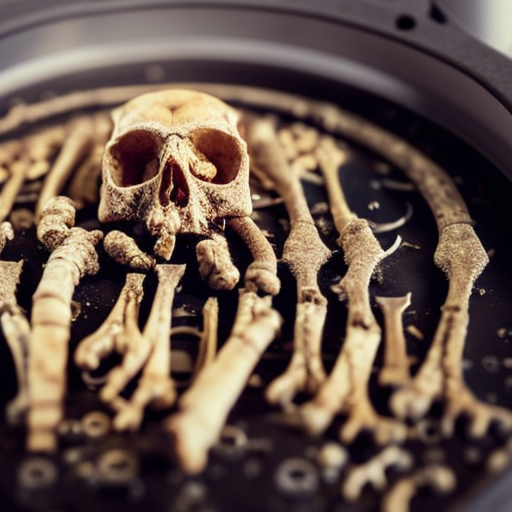Summary:
Forensic entomology is a branch of forensic science that uses insects and other arthropods to help solve criminal cases. By studying the life cycles and behavior of insects found at crime scenes, forensic entomologists can estimate the time of death, determine if a body has been moved, and provide valuable evidence in criminal investigations. This field has proven to be a valuable tool in forensic investigations, helping to provide crucial information that can aid in solving crimes.
Introduction:
Forensic entomology is the study of insects and other arthropods in relation to legal matters. It involves the collection, analysis, and interpretation of insect evidence to aid in criminal investigations. Insects are attracted to decomposing bodies and can provide valuable information about the time of death, movement of the body, and potential presence of drugs or toxins. Forensic entomologists work closely with law enforcement agencies and forensic pathologists to provide expert testimony and assist in solving crimes.
Estimating Time of Death:
One of the primary uses of forensic entomology is estimating the time of death, also known as the postmortem interval (PMI). Insects colonize a body in a predictable sequence, starting with blowflies and progressing to beetles and other insects. By studying the presence and development stage of these insects, forensic entomologists can estimate how long a body has been decomposing. This information can be crucial in determining the timeline of events and identifying potential suspects.
Body Movement:
In addition to estimating the time of death, forensic entomology can also provide information about whether a body has been moved. Insects are highly sensitive to changes in their environment, and their presence or absence in certain areas can indicate if a body has been relocated. By analyzing the distribution and species composition of insects found on a body and comparing it to the surrounding environment, forensic entomologists can determine if the body was moved after death.
Drug and Toxin Analysis:
Forensic entomology can also be used to detect the presence of drugs or toxins in a body. Insects that feed on decomposing tissue can accumulate these substances in their bodies. By analyzing the insects found on a body, forensic entomologists can identify the presence of drugs or toxins that may have contributed to the death. This information can be crucial in determining the cause of death and identifying potential perpetrators.
Case Studies:
Numerous case studies have demonstrated the value of forensic entomology in criminal investigations. In one notable case, forensic entomologists were able to determine the time of death of a murder victim by studying the development stage of blowfly larvae found on the body. This information helped narrow down the timeline of events and ultimately led to the conviction of the perpetrator.
In another case, forensic entomology played a crucial role in identifying a body that had been buried and subsequently moved. By analyzing the insect evidence found on the body and comparing it to the soil samples from different locations, forensic entomologists were able to determine the original burial site and provide valuable evidence in the investigation.
Conclusion:
Forensic entomology is a valuable tool in criminal investigations, providing crucial information about the time of death, body movement, and potential presence of drugs or toxins. By studying the behavior and life cycles of insects found at crime scenes, forensic entomologists can assist law enforcement agencies in solving crimes and bringing perpetrators to justice. The field continues to evolve, with new techniques and technologies being developed to enhance the accuracy and reliability of insect evidence analysis.












